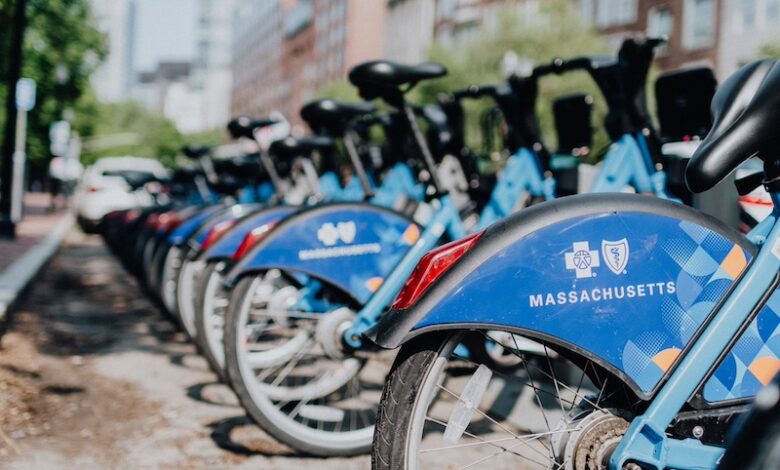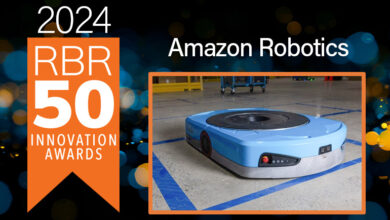Advancements in Micro-mobility – Robotics & Automation News

Micro-mobility is a term used to describe the use of smaller vehicles, not cars, for personal transportation purposes.
These are compact, lightweight vehicles that generally travel at speeds of 20 miles per hour or less and accommodate only one person. Bikes, e-bikes, and electric scooters are all examples of micro-mobility.
Unlike traditional automobiles, they don’t consume fossil fuels to run and are more environmentally friendly.
They have a much lower carbon impact, and advancements in renewable energy technology and power storage technology are allowing electrically powered bikes and scooters to meet sustainability goals while also aiding micro-mobility users.
Advancing Technology
Technological advancements in micro-mobility have the potential to revolutionize personal travel, particularly for short trips.
Solid-state and lithium-sulfur batteries have been developed as an alternative to traditional lithium ion batteries, and boast a much longer charge than their traditional counterparts.
They could “dramatically increase the range” of electric scooters, and possibly exceed travel ranges of 100 miles on a single charge.
Charging Stations
Utilizing transit stops makes long trips using micro-mobility more feasible. However, stopping at a charging station is not the only way to top off the battery on an electric scooter:
Solar-powered charging systems have been gaining traction as an alternative and eco-friendly means to power homes and businesses but can also be adapted to micro-mobility.
These systems use detachable solar panels to reduce reliance on electrical grids, making it possible to recharge the batteries on micro-mobility vehicles any time sunlight is available.
In addition, new graphene-powered batteries can be charged much faster than lithium-ion batteries. Some prototypes boast the ability to fully recharge in around five minutes, reducing user anxiety for longer trips.
Many manufacturers are also making pushes towards brushless DC-powered motors, regenerative braking systems, and integrative smart technology to enhance the operating efficiency and user experience of their micro-mobility vehicles.
Infrastructure for Micro-Mobility Vehicles
As the number of vehicles continues to increase, however, many community planners are exploring and encouraging alternative transportation possibilities.
One of the appeals of micro-mobility is that, even when electrically powered, it is less energy demanding than traveling by automobile. From the driver’s perspective, it is also an effective way to bypass traffic and save money on transportation costs.
They also have lower upfront and upkeep costs – a fact that will prove to be especially true of newer micro-mobility vehicles, which will be able to better harness many of the technological advancements listed as the technology continues to improve through research and testing.
With the growing popularity of micro-mobility vehicles, safety is a concern. These smaller vehicles don’t offer protection the same crash protection as cars and trucks.
E-bike and other micro-mobility users should follow important safety tips such as using designated bike lanes and following all traffic regulations.
Future infrastructure needs will be determined by the availability and user adoption rates of alternative means of transportation, including micro-mobility.
Creating safe infrastructure for these vehicle users is of utmost importance. Community planners will have reason to keep this in mind, as encouraging the use of micro-mobility for short, single person trips has several communal benefits.
Increasing the amount of available land space, due to the small size of micro-mobility transportation methods, and reductions in traffic noise are among these potential benefits.



